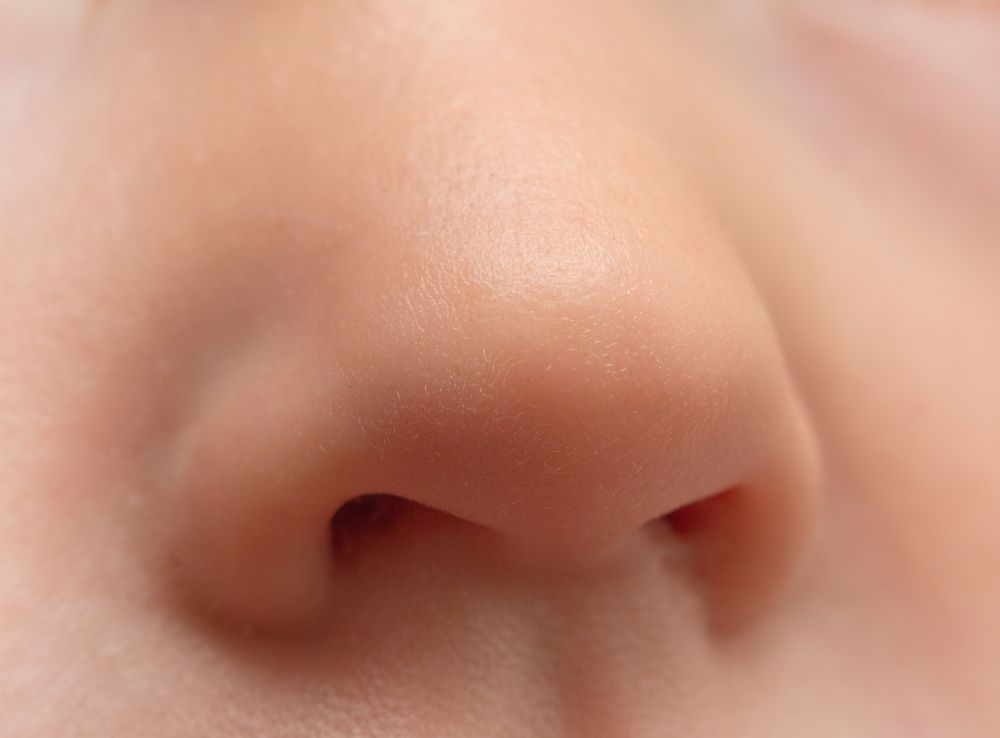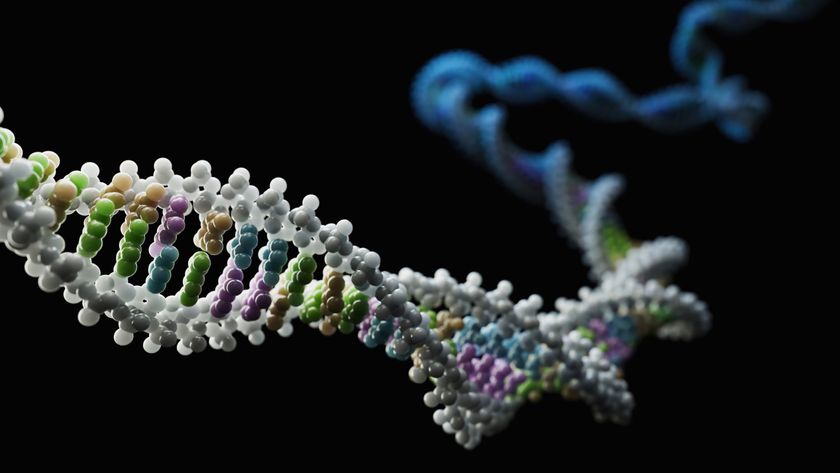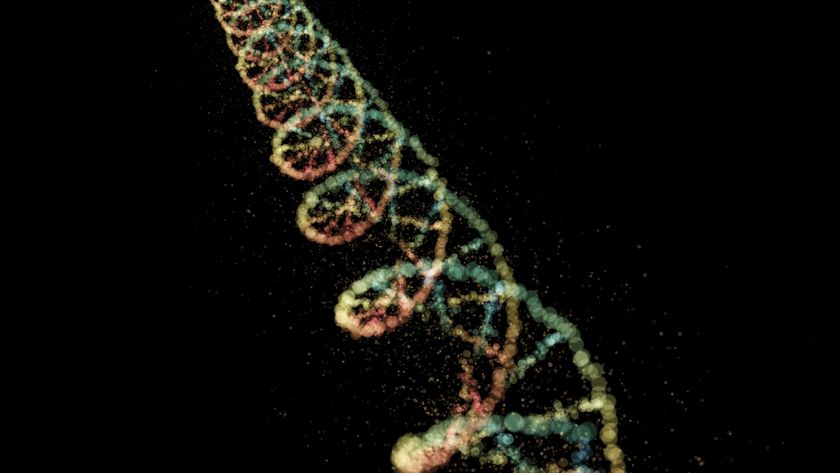
Ski-jump, hooked, piggy or snubbed — there are almost as many nose shapes as there are people in the world.
Now, new research has uncovered four genes that govern some of the variation in the human olfactory organ.
The new findings could help scientists understand the roots of this variation, the researchers said.
"Finding out the role each gene plays helps us to piece together the evolutionary path from Neanderthal to modern humans," study co-author Kaustubh Adhikari, a cell and developmental biologist at University College London, said in a statement. "It brings us closer to understanding how genes influence the way we look, which is important for forensics applications." [Bio-Art: 3D Printed Faces Reconstructed from Stray DNA]
Although many people think of nose shape as a purely aesthetic feature, researchers suspect that different nose shapes evolved in different environments, for different reasons, the study authors said.
"For example, the comparatively narrower nose of Europeans has been proposed to represent an adaptation to a cold, dry climate," said study lead author Andrés Ruiz-Linares, a biologist at University College London. "Identifying genes affecting nose shape provides us with new tools to examine this question, as well as the evolution of the face in other species."
To figure out what makes a nose, the researchers studied nearly 6,000 people from Colombia, Peru, Brazil, Chile and Mexico who had participated in the CANDELA study, an ongoing study of the biological diversity of people living in Latin America. The people in the study have a mix of Caucasian, African and Native American ancestry, creating a wide range of facial features. Past research from this population has identified genes that make people go gray.
Sign up for the Live Science daily newsletter now
Get the world’s most fascinating discoveries delivered straight to your inbox.
The team analyzed the participants' facial features, and also did 3D reconstructions for 3,000 of the participants, to get exact measurements of their facial features.
Then, the team looked at the genomes of these people, and identified three genes known to drive bone and cartilage growth that also seemed to predict nose shape. Two genes, called GLI3 and PAX1, seemed to have a large effect on nostril width, while another, called DCH2, controlled nose pointiness. A fourth gene, called RUNX2, was associated with the breadth of the nose at the bridge.
Interestingly, three of these genes — GLI3, RUNX2 and DCH2 — seemed to have changed during modern humans' recent past, compared with in earlier times, such as during the evolution of archaic humans, including the Neanderthals and the Denisovans. This finding suggests that these genes have been under strong pressure from natural selection in the more recent past, according to the researchers.
The findings are published today (May 19) in the journal Nature Communications.
Follow Tia Ghose on Twitter and Google+. Follow Live Science @livescience, Facebook & Google+. Original article on Live Science.

Tia is the managing editor and was previously a senior writer for Live Science. Her work has appeared in Scientific American, Wired.com and other outlets. She holds a master's degree in bioengineering from the University of Washington, a graduate certificate in science writing from UC Santa Cruz and a bachelor's degree in mechanical engineering from the University of Texas at Austin. Tia was part of a team at the Milwaukee Journal Sentinel that published the Empty Cradles series on preterm births, which won multiple awards, including the 2012 Casey Medal for Meritorious Journalism.
Most Popular




